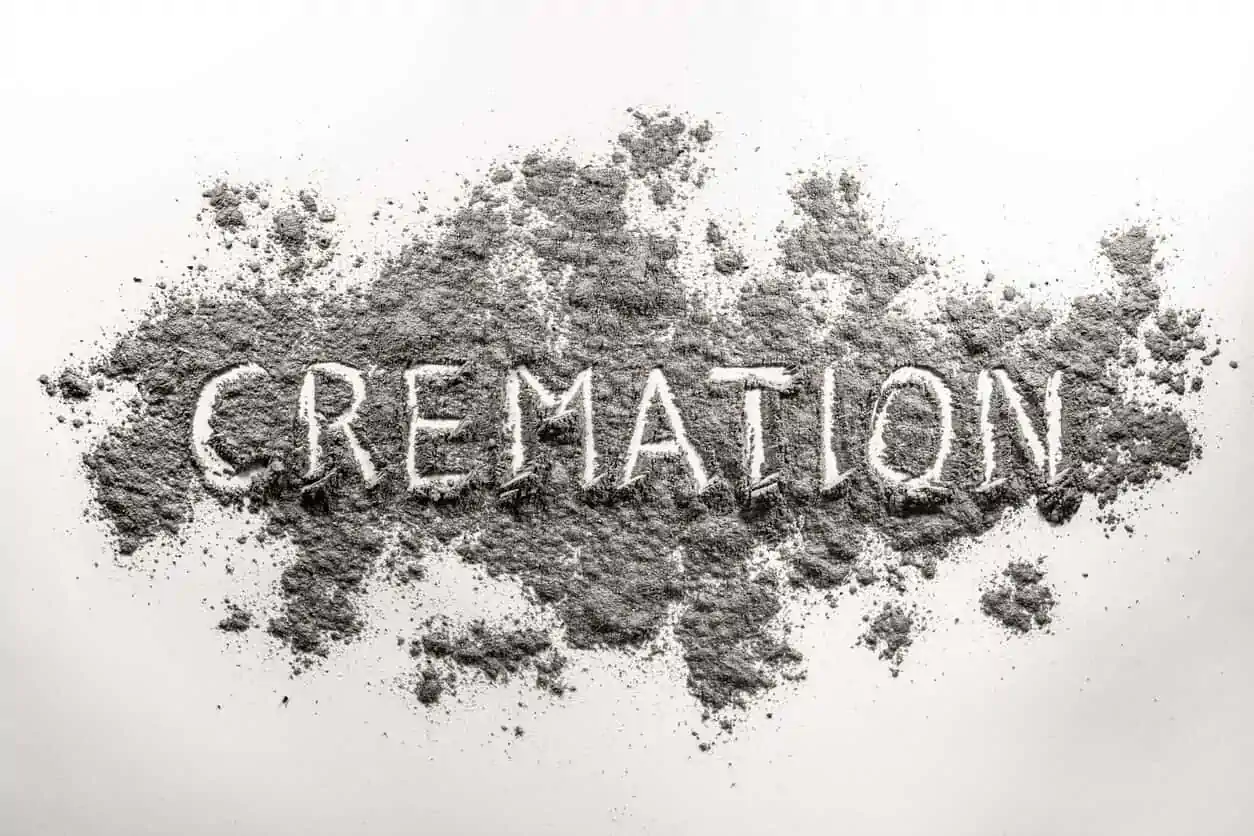We understand that most people have questions about the cremation process and cremains. However, you may not feel comfortable asking professional funeral directors these questions soon after a loved one’s death.
So, here is a gentle (but forthright) discussion about what will be returned to you after your loved one is cremated.
Why is it called cremains?
The words cremains come from blending the two words “cremated” and “remains.” The term is used mainly in North America as a synonym of “cremation ashes.” In fact, cremains is a more precise term to describe the human remains left after the cremation process.
What is the cremation process?
If you wish to know more about cremains, it’s helpful to have a basic understanding of the cremation process.
- The body is prepared for cremation. Jewelry, medical devices (such as surgical implants from procedures such as hip replacements), and dental fillings are removed. Then, the body is placed in a rigid container designed for cremation.
- The container containing the body is placed in a cremation chamber. Only one human body is cremated at a time. The cremation chamber (retort) heats up to between 1,400 and 2,000 degrees Fahrenheit. The process takes up to two hours.
- The cremated remains are prepared. After the body is cremated, the remaining bone fragments are pulverized so that the remains are an even consistency, similar to coarse sand. Even though the remains are commonly referred to as “ashes,” they are made up of mainly bone matter.
- The cremated remains are returned to the family of the deceased. Our Alabama cremation facility places cremated remains inside a durable plastic bag. This bag is tied and placed inside a black temporary urn which fits inside a sturdy cardboard container.
What can I do with my loved one’s cremated remains?
Cremated remains are not degradable, which means they last a very long time. This means that you can take your time to decide on the final resting place of your loved one’s cremains. Here are some common options:
- Burial: You can bury your loved one’s cremains in a cemetery plot. If this is your preference, look for cremation urns explicitly used for burial. Prepare to purchase the cemetery plot and a headstone and pay to open and close the grave.
- Inurnment: You may consider interring ashes in a columbarium niche or mausoleum.
- Store in a Cremation Urn: Some families store cremated remains in an urn at home. Urns can be sealed, so spilling should not be a worry.
- Scattering: Your loved one may have requested to have their ashes scattered in a specific location. Generally speaking, you can scatter remains on private land or in the ocean three nautical miles from shore. You can pay to spread remains in a cremation garden or ask for special permission to place the remains in National Parks or other public lands. Do not scatter your loved one’s remains at amusement parks or sports stadiums.
- Cremation Products: Some families keep a small portion of their loved one’s remains and use a bit of the ash to create a piece of cremation jewelry or decorative glasswork. You can even grow a diamond from your loved one’s cremains.
What is a direct cremation?
You may be concerned by some of the terminology used by funeral homes. Please understand that the cremation process is always the same – one human body goes into the retort at a time.
Direct cremation refers to the process of cremation soon after death. The body is not embalmed or prepared for viewing. Instead, the family members say goodbye to their loved one at the place of death. Whether you choose cremation or burial, rest easy knowing that the funeral home staff will treat your loved one’s remains with care.
Contact Alabama Funeral Homes for Affordable Direct Cremation
Contact Alabama Funeral Homes and Cremation Centers if your loved one selected cremation as a final disposition method. Our compassionate team will walk you through the decision-making process and complete all required paperwork that accompanies the end-of-life process. We also offer pre-paid cremation services for those seeking to plan ahead.
Key Takeaways About Cremains
-
Cremains is a blended word of “cremated” and “remains.”
-
Even though the word is a synonym of “cremation ash,” the result of cremation is actually dry calcium phosphates.
-
Cremated remains can be stored indefinitely at home, buried in a cemetery plot, interred in a columbarium niche or mausoleum, or scattered. In addition, you can use a small portion of remain to create gems for cremation necklaces or rings.
-
Direct cremation is the most affordable type of cremation because the body is not embalmed or prepared for casket viewing.





